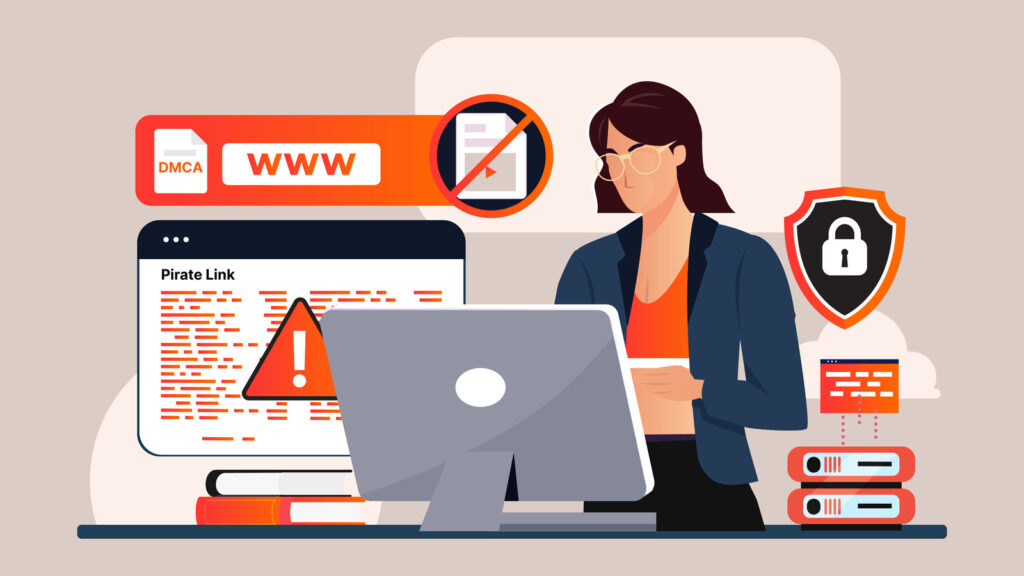Having your personalized content show up on unauthorized websites is both disappointing and damaging. Not only does it undermine your potential income, but it also negatively impacts your brand’s reputation. Consequently, it’s crucial to respond quickly when such instances occur. Effective removal of leaked content can assist in preserving your revenue, maintaining your SEO ranking, and demonstrating a strong stand for your rights.
In the digital age, content creators have to navigate numerous distribution platforms, affiliate partners, and cloud storage services. With each data transfer, the risk of a security breach increases. Although a good understanding of these threats can help strengthen your protection measures, it’s important to remember that no security system is completely foolproof. This is where a swift and strategic response comes into play.
Sending a well-structured notice is vital in these situations. It’s worth noting that errors in the notice could result in delays or even outright dismissal. With a proper DMCA-style notice, which correctly identifies your work and the infringing URL, you can start the process of taking down the pirated content. This notice, coupled with a request to de-index the link from search engines, can significantly expedite the removal process.
Independent creators might be able to handle a few takedowns a month, but managing larger content libraries could potentially yield thousands of pirated links. In such cases, enlisting the services of a specialist provider can offer numerous benefits. When choosing such a provider, look for those who offer proactive monitoring in addition to reactive takedown notices. It’s also essential to find a service that values creator privacy, like StreamerSuite.
Successful content protection isn’t solely about having pirated links removed; it’s also about preserving your business revenue. Tracking metrics such as revenue trends in correlation with takedown speed can build a compelling case for consistently investing in your anti-piracy measures.
Concerns often arise about the impact of submitting a DMCA notice on creators’ relationships with fans. It’s important to remember that genuine supporters comprehend the need to protect your income and will likely never see the notice as it is aimed at the host website, not the end-users.
In situations where the pirated content is hosted on websites based in countries like Russia or China, compliance rates can differ. However, a combined approach of a DMCA notice and a de-index request can effectively reduce the majority of the traffic to the infringing site.
The possibility of charging the infringers for damages is often considered, but litigation can be costly. For many creators, focusing on swift content removal and SEO recovery proves to be a more cost-effective approach.
The time taken by Google to de-index a link often ranges from 4 to 12 hours once the notice is approved. While watermarking every frame of a video might seem like a secure option, it’s advisable to strike a balance between security and viewer experience. A subtle watermark can often suffice without alienating your paying subscribers.
Protecting your content from being leaked is a dynamic challenge, but its successful management lies in swift and regular action. By combining well-structured notices, smart monitoring tools, and strategic follow-up action, you can not only keep your content protected but also preserve your brand. Whether you manage the process internally or partner with a service, treating takedowns as a repeatable business process can convert a nerve-racking experience into a predictable part of your content strategy. For a comprehensive guide on removing stolen media in a swift manner, consider visiting this comprehensive guide to streaming success.
